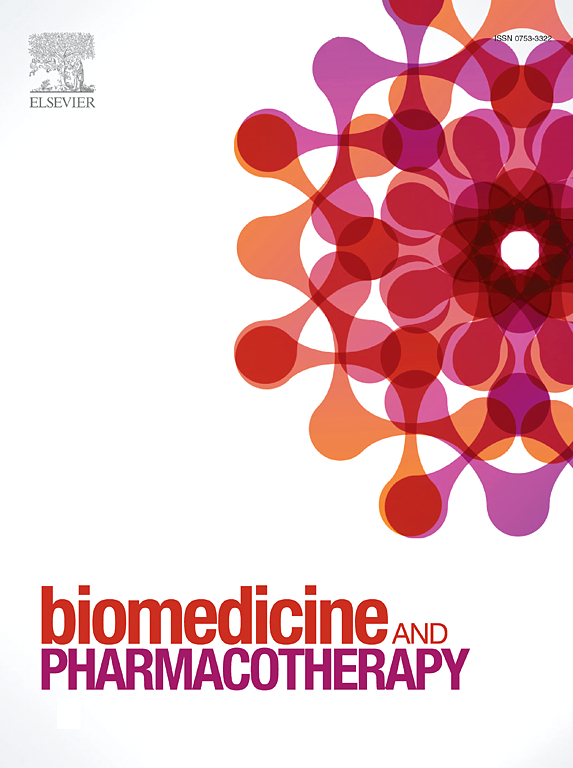AP39, a novel mitochondria-targeted hydrogen sulfide donor, promotes cutaneous wound healing in an in vivo murine model of acute frostbite injury
IF 6.9
2区 医学
Q1 MEDICINE, RESEARCH & EXPERIMENTAL
引用次数: 0
Abstract
Frostbite injury refers to cold tissue injury which typically affects the peripheral areas of the body, and is associated with limb loss and high rates of morbidity. Historically, treatment options have been limited to supportive care, leading to suboptimal outcomes for affected patients. The pathophysiology of frostbite injury has been understood in recent years to share similarity with that of cold ischemia-reperfusion injury as seen in solid organ transplantation, of which mitochondria play an important contributing role. The present study investigated whether AP39, a novel mitochondria-targeted slow-releasing hydrogen sulfide donor, applied topically in a vehicle cream at 200 nM or 1 µM could mitigate frostbite injury and promote wound healing in mice. Frostbite injury was induced continuously for 3 min on the dorsal skin of C57BL/6 mice (Mus musculus) using magnets frozen on dry ice (-80 °C). AP39, delivered via a vehicle cream, was used daily to treat frostbite injury until animals were euthanized on day 15 after induction of frostbite injury. Wound tissues were stained with hematoxylin and eosin along with immunofluorescence staining with cleaved caspase-3, CD31, KI-67, CD163, fibronectin and cytokeratin. While 200 nM AP39 improved granulation tissue maturation (p < 0.001), angiogenesis (p < 0.01) and cell proliferation (p < 0.001) compared to vehicle control, 1 µM AP39 further increased granulation tissue formation compared to other frostbite groups (p < 0.001). Thus, AP39 promoted frostbite wound healing, and therefore could be considered as a treatment option for patients with frostbite injury.
求助全文
约1分钟内获得全文
求助全文
来源期刊
CiteScore
11.90
自引率
2.70%
发文量
1621
审稿时长
48 days
期刊介绍:
Biomedicine & Pharmacotherapy stands as a multidisciplinary journal, presenting a spectrum of original research reports, reviews, and communications in the realms of clinical and basic medicine, as well as pharmacology. The journal spans various fields, including Cancer, Nutriceutics, Neurodegenerative, Cardiac, and Infectious Diseases.

 求助内容:
求助内容: 应助结果提醒方式:
应助结果提醒方式:


